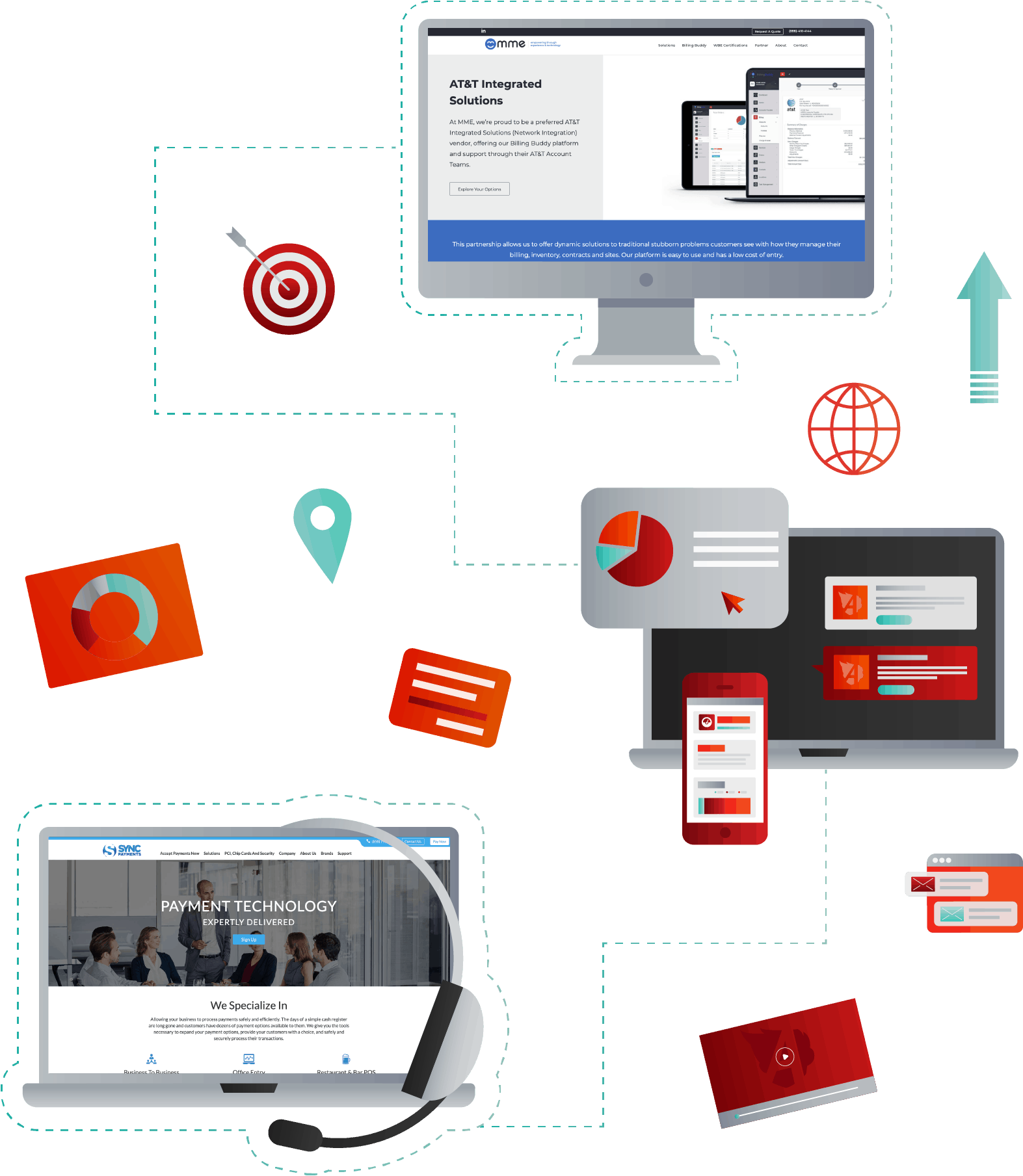We use our proven B2B appointment setting process to schedule appointments with interested buyers in your target market. Additionally, we offer other lead generation solutions that can help you drive leads to your website, grow your social media presence, or give your sales efforts a boost. With our suite of solutions and experience growing software companies, you can trust that we will help you accomplish your business goals.
If you’re considering hiring one sales rep in-house to handle everything from prospecting to closing the deal, think again. Effective sales development takes more than a person; it takes a process. At Abstrakt, we have data and operations specialists, teams full of sales experts, and even writers and designers to create deliverables for your sales program.









